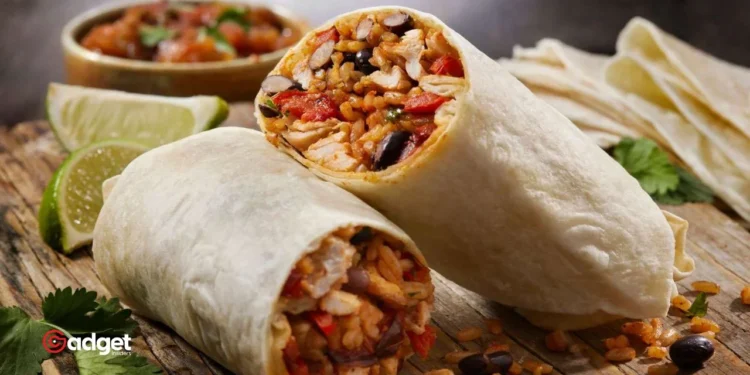In the fast-paced world of quick-service restaurants, the name Chipotle has become synonymous not only with burritos and bowls but also with the ongoing debate about portion sizes. Recently, the spotlight has intensified, driven by a viral social media trend that saw customers demanding more generous servings. This has spurred a broader conversation about consumer expectations and corporate responses, which could significantly affect Chipotle’s financial health and stock performance.
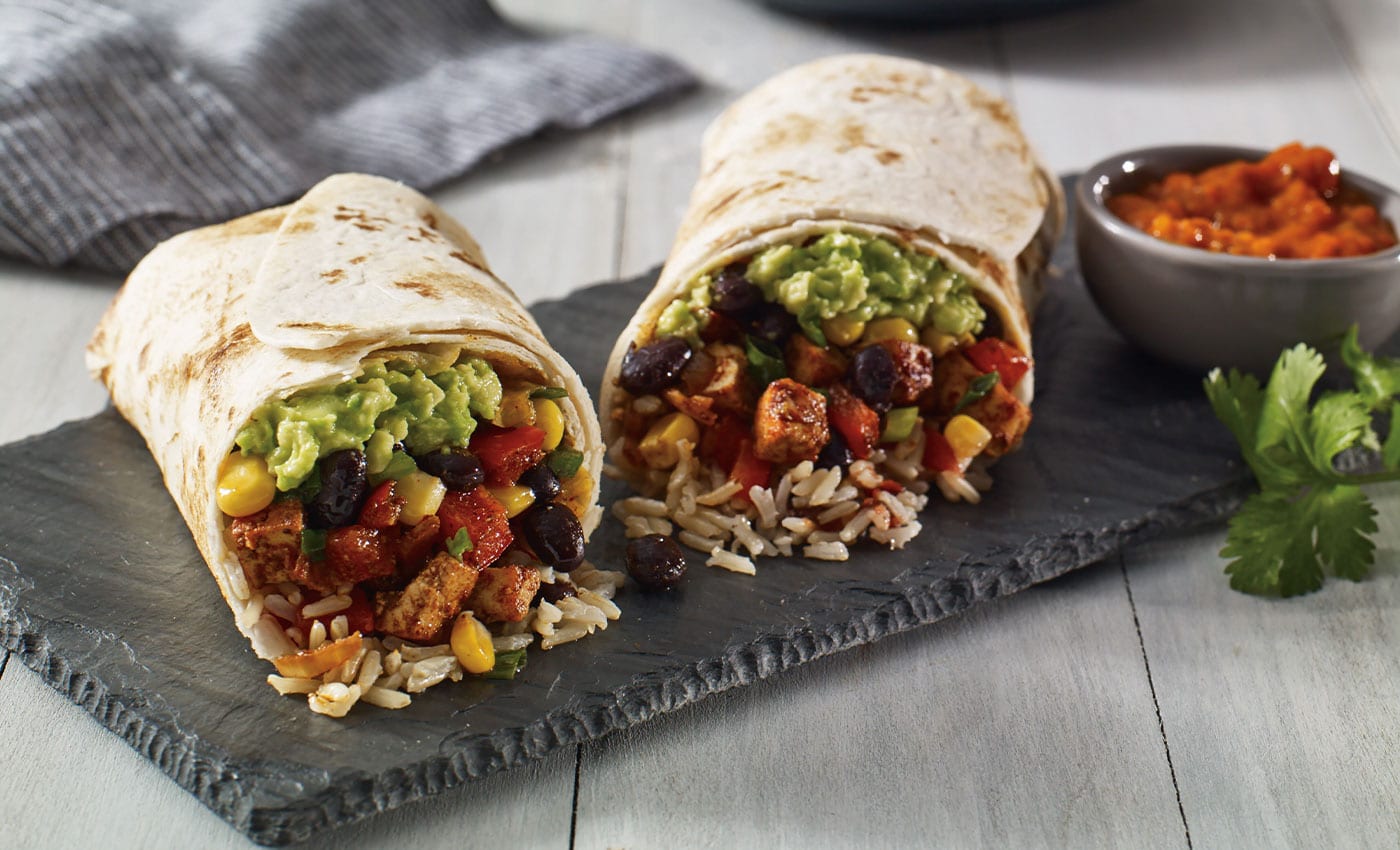
A Viral Wake-Up Call from Social Media Influencers
The genesis of the uproar over portion sizes can be traced back to Keith Lee, an influencer with a substantial following of over 16 million on TikTok. Lee’s critique of Chipotle’s shrinking servings set off a chain reaction, with customers across the nation taking to the same platform to ensure they received what they considered a fair portion. Videos of Chipotle employees preparing meals became a common sight, as patrons sought to guarantee the generosity of their servings.
This movement highlights a shift in consumer behavior, where digital platforms empower customers to influence brand practices visibly and vocally. Chipotle, known for its quick adaptability, faces a unique challenge: responding to this digital-age demand without compromising its operational efficiency or profit margins.
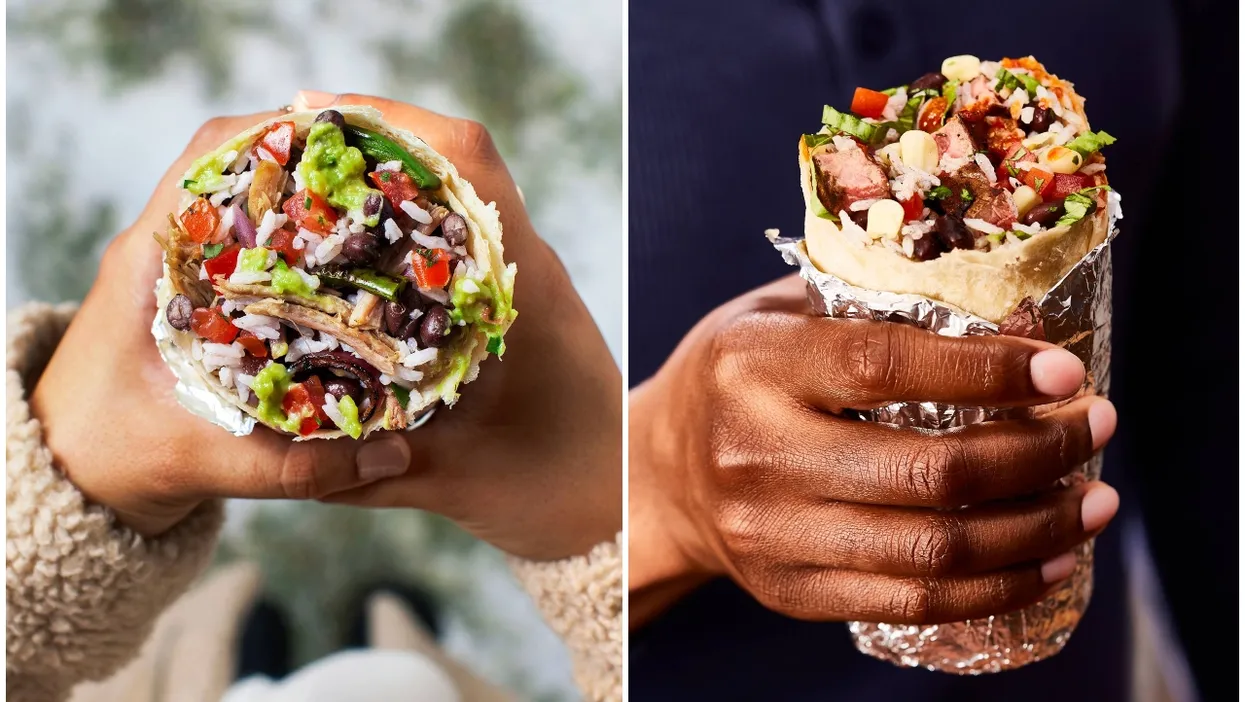
Personal Experiences and Anecdotal Insights
As a frequent patron of Chipotle, I’ve noticed inconsistencies in portion sizes, particularly following the viral outcry. My experiences range from receiving the largest steak bowl I’ve ever seen — no filming required — to noticeably smaller servings in subsequent visits. After voicing my concerns to customer service, I received compensation and assurances of addressing the issue at the local level. However, these experiences underline a broader inconsistency that could alienate loyal customers and potentially tarnish the brand’s reputation for quality and fairness.
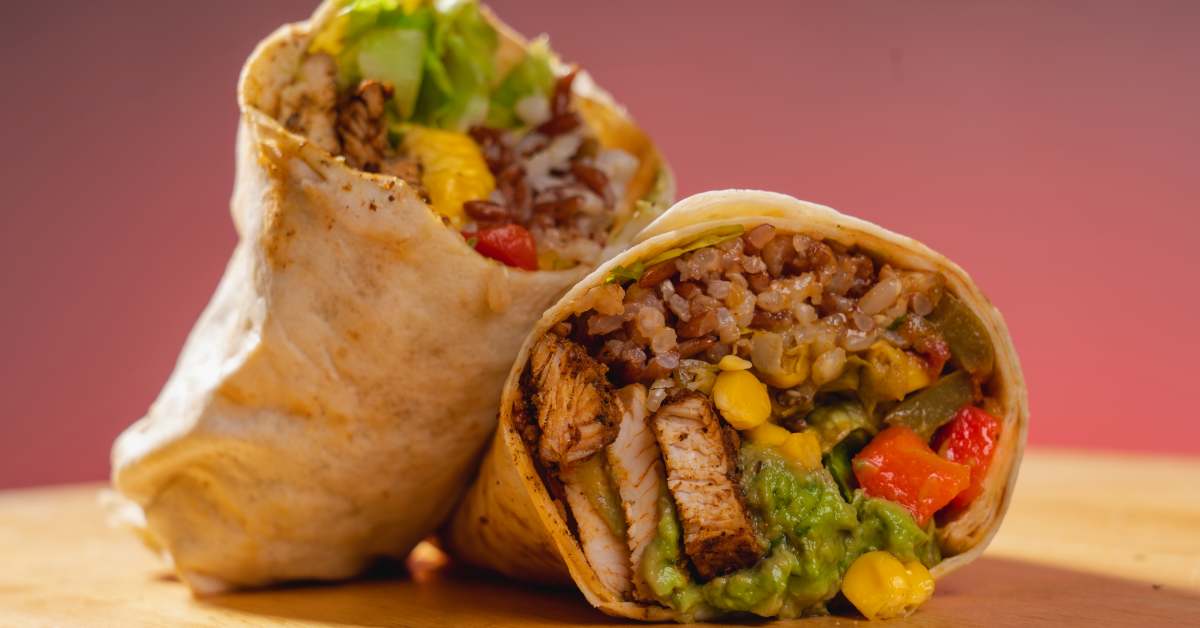
Chipotle’s Official Stance and Strategic Moves
Despite the viral trend, Chipotle maintains that there has been no formal change to its portioning policy. The company asserts that it has merely “reinforced proper portioning” among its staff. This statement reflects a delicate balance the company aims to strike — ensuring customer satisfaction while managing operational costs effectively.
The Financial Implications of Generous Portions
From a financial perspective, portion sizes at Chipotle are more than a matter of customer satisfaction — they are a critical component of the company’s cost structure. Food, beverage, and packaging costs represent a significant fraction of revenue, and any increase in portion sizes could lead to substantial hikes in these expenses. For instance, a 10% increase in these costs due to larger portions could translate into millions in additional annual expenses, a non-trivial sum that could impact profit margins and earnings per share.
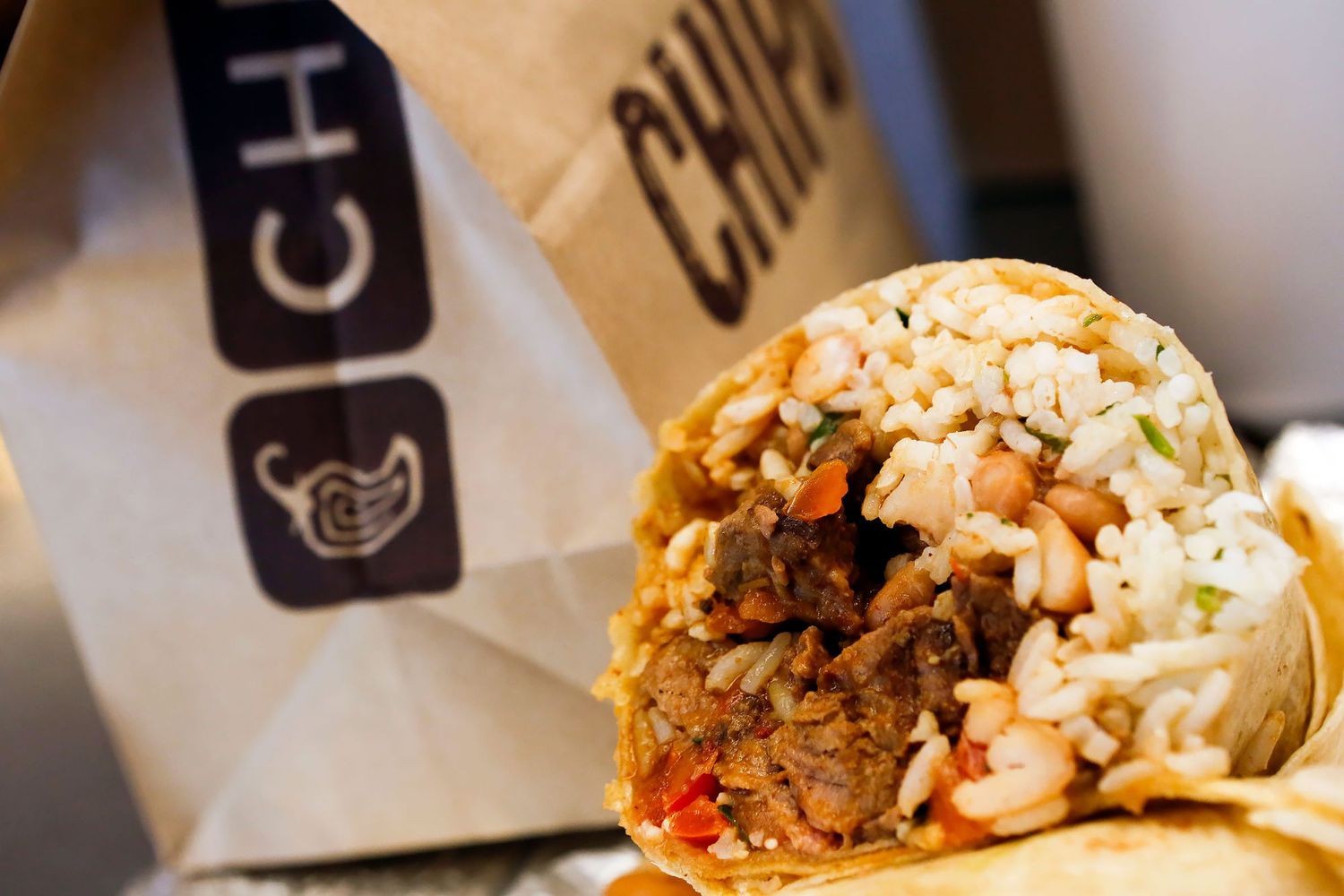
Long-term Prospects and Stock Valuation
Looking ahead, Chipotle’s strategy in addressing this issue will be crucial for its brand reputation and financial health. The company’s stock currently trades at a premium, reflecting high expectations for growth and profitability. How Chipotle navigates this “portion crisis” could influence investor confidence and stock performance in the coming quarters. Historically, consumer grievances on social platforms tend to have short-lived impacts, but the digital age might prolong this saga, as seen with other brands facing similar challenges.

Investment Considerations: Is It Time to Buy Chipotle Stock?
For potential investors, the question remains: is now a good time to invest in Chipotle? With the company’s valuation riding high and uncertainties looming about the resolution of the portion size debate, a cautious approach might be advisable. Monitoring how Chipotle manages this issue, along with its broader financial performance, will be key to understanding whether the stock represents a solid investment opportunity in the volatile quick-service restaurant sector.
In conclusion, as Company grapples with the viral demand for larger portions, the company’s response could redefine not only its customer service protocols but also its financial trajectory. For investors and consumers alike, Company’s next move is worth watching.

